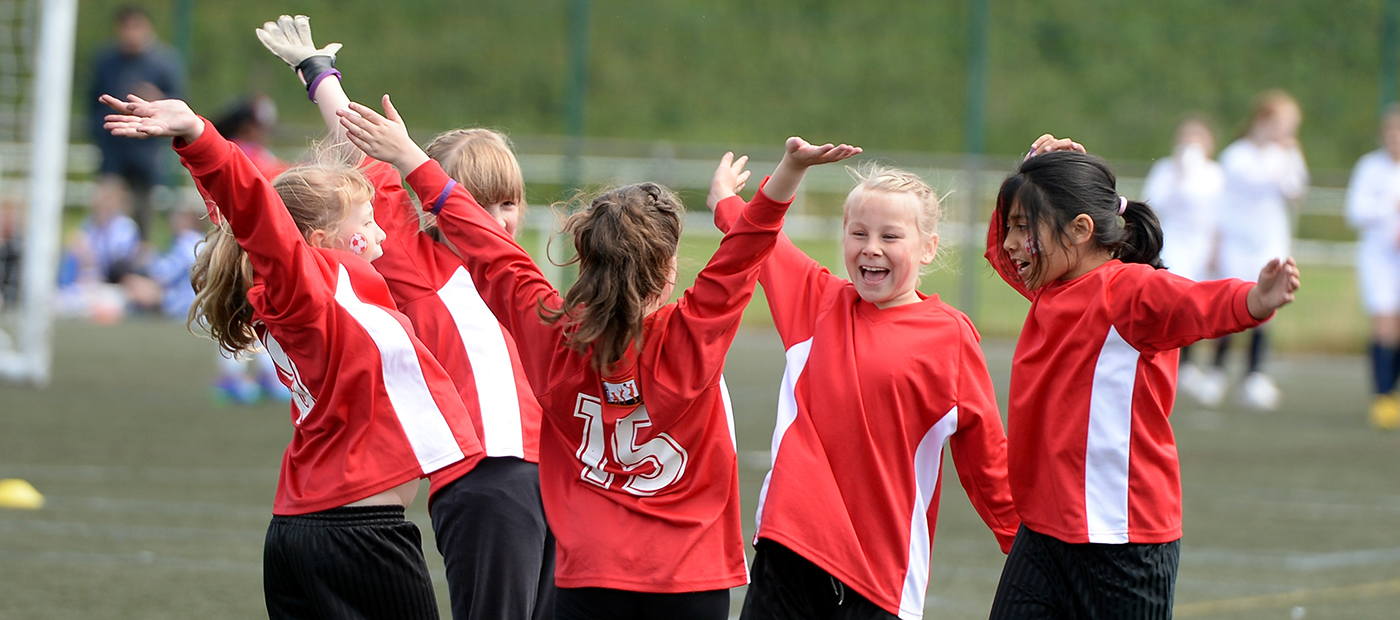Top tips

10 top tips for managing player behaviour
- Merf Roberts
- 27 November 2018
Merfyn Roberts, FA coach educator for the social corner, outlines 10 top tips to help improve player behaviour.
1. Create a club language
Kids need to understand what the expectations are at your club. Try and use language like “when you’re wearing the club badge we expect…” and “when you’re training with us on a Saturday morning this is what we do…”. All this helps to give the kids a chance to learn within a consistent framework.
2. Recognise that better sessions mean fewer problems
By giving the players some ownership and empowerment the group will be more engaged in the session and less likely to show poor behaviour. It might be small steps to start with such as asking the kids to work out who is going to play where and what the tactics are going to be and leave them for 30 seconds to discuss. The more they feel part of it, the fewer problems there will be.
3. Follow consistent coaching routines
Having coaching routines will help create a consistent framework for the kids to learn in. Make sure you have arrival activities, a clear learning focus for the session and smooth and quick transitions from one activity to the next. Also plan to spend less time talking to the players as a large group.
4. Set boundaries and stick to them
Kids will turn off as soon as they hear a rule book containing 40,000 ‘don'ts’. As an alternative, try using ‘SLR’ which is more memorable and stands for: Safety, Learning and Respect. These are non-negotiable. If any of the players prevent safety, learning or respect then the coach should intervene. Set these expectations at the start of the session because you can’t go back and start putting them in when things start going wrong.
5. Build in ‘chat time’
It’s unrealistic to expect the players to turn up and just be ready to listen to the coach. Rather than fighting with them to get them to be quiet, build in some chat time. If you’re coaching at grassroots, you have to recognise that, in some cases, the kids won’t have seen each other for a week and they need chat time. Don’t fight that, build it into your routine instead.
6. Notice good behaviour, but don’t over praise
Notice and acknowledge when players have demonstrated the SLR (Safety, Learning, Respect). In doing so, you will reinforce the behaviours you want to see more of. However, think carefully about praising the players for this. There is a difference between ‘noticing’ rather than ‘praising’ - notice those that are ready to learn by stating "you’re ready to listen" rather than saying "well done, brilliant, you’re ready to listen". Your praise will be more impactful when the time is right to praise.
7. Ask the winning team to collect the cones
There is a story about the All Blacks cleaning the changing room after winning the Rugby World Cup. The message was: ‘We’re responsible: nobody cleans up after us, it’s our mess we sort it.’
When we ask the kids to collect the cones in, it shouldn’t be seen as a ‘job’. It’s their environment which we want them to be proud to look after. The winning team should collect the cones because it is a privilege and stands for respect for the environment, helping your mates and being good people.
8. Think about the copycat kids
In every group of players there are ‘copycats’. If we bend the rules for one or two kids, we’re also setting up problems with the copycat kids who are waiting to see how we deal with those who break the boundaries. If they see the coach bending the rules they’ll join in with the bad behaviour. If they see that the coach means what they say – they won’t.
9. Be clear with your players: "it’s not you, it’s your behaviour which is unacceptable"
Making a distinction between the person and the behaviour is really important. John hasn’t been really bad, but the behaviour has. By saying “When you use bad language – that’s unacceptable, because it’s disrespectful,” there is a distinction between the behaviour and John.
10. Recognise that the only person’s behaviour you can control is your own
It’s important that the coaches, particularly in grassroots, don’t feel like they’re supposed to be a social worker. Coaches are there to help, but not to cure problems. The skills and techniques mentioned here intend to help coaches with football coaching with an aim that any behaviour problems improve as a result. Don’t forget: the only person’s behaviour you’re in control of is your own.































